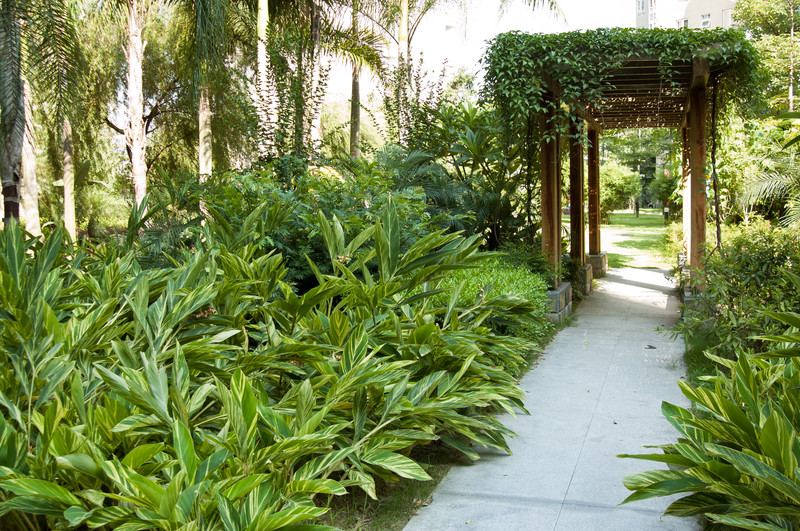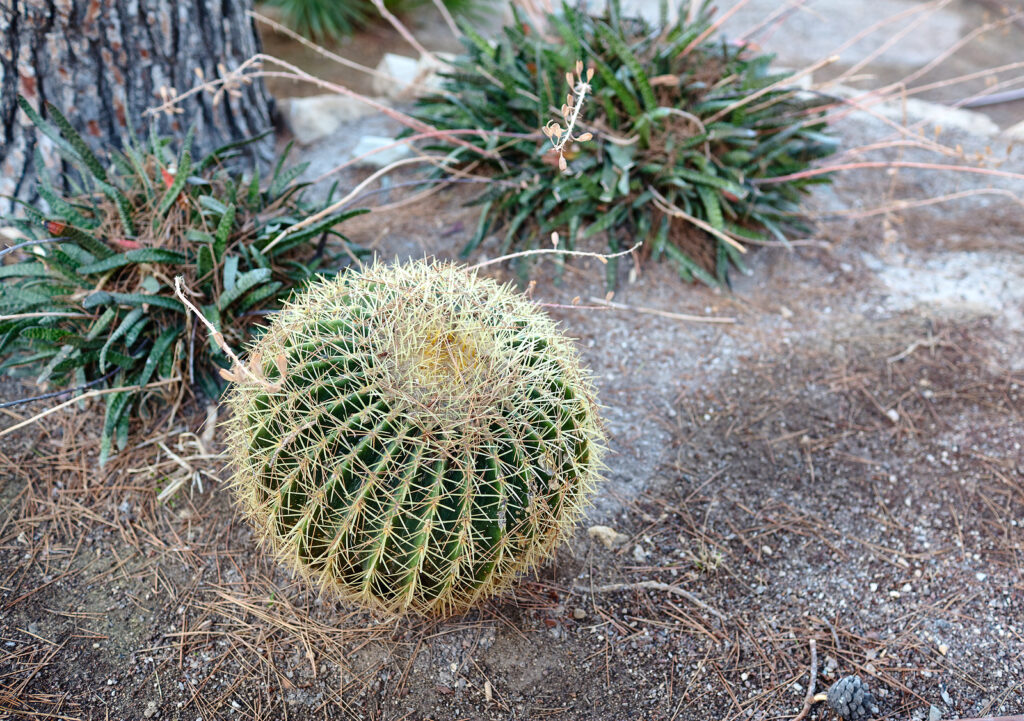Flower gardening in warm-winter and long-summer southern regions requires attention to plant selection and climate. Plants must be able to tolerate heat and humidity.
Because southern gardens have long growing seasons, months of frost-free days, insects can also be a major challenge.
If you are a warm or hot region gardener, here are some tips for a successful garden:
Test your soil
Warm-winter and long summer regions have soils that are very acidic—the pH of these soils is low. Test your garden soil with a pH kit or send a soil sample to a lab. Choose plants that can grow in the soil pH or your garden. Alternatively, you can raise the pH to near neutral by adding aged compost, commercial organic planting mix, or other amendments. A horticulturist at a garden center associate can assist you.
Good drainage
Many southern warm-region gardens have a substantial amount of clay in the soil. Clay soil—sometimes called heavy soil—can become waterlogged during wet times of the year and then can become dry like a brick during dry weather. Plant roots can not grow well in this kind of soil. Adding organic matter such as aged compost or planting mix can improve the soil composition and allow rainfall and irrigation to seep deep into the soil—allowing plant roots to breathe.

Watch the light—and the shade
Map the sunlight and shade in your garden over the course of a day; do this in summer and also in spring and fall. Take advantage of full sun areas of your garden to grow sun-loving plants. Take advantage of the shade of trees, buildings, and walls to grow shade-loving plants where they can thrive. The southern section of your garden will likely be sunnier and warmer more of the year than the northern part of the garden. Get to know the light and shade in your garden.
Consider air circulation and humidity
Plants are the healthiest when they get plenty of air (no wind). If you live in a humid summer region, give plants plenty of space to breathe. Air circulation—not crowding plants—is perhaps the best way to keep your garden free of fungal diseases. Know the mature size of plants when you set them in the garden; be sure they are not crowded and will get plenty of air circulation when they are fully grown.
Water smart
Water plants deeply during the warm time of the year, especially if there is little rainfall where you live. Plant roots follow soil moisture; if you want slow and deep, allowing water to deep into the soil, plants will be deeply rooted and healthier than if shallow rooted. Water at the base of plants, not overhead. Overhead irrigation that sits on leaves can allow disease fungal spores to grow on plants. Water at the base of plants in the morning; this will allow excess moisture to evaporate before nightfall.

Choose the right plants
Choose plants that will grow in your region. Know your USDA Zone and read plant labels. Consider a plant’s cold hardiness and tolerance for heat and humidity. Ask a horticulturist at your garden center for recommendations or contact the nearby Cooperative Extension for suggestions.
Native plants will grow where you live; consider planting natives that are well-adapted to your region and climate. Consider non-native plants from parts of the world similar to yours; for example, if you live in California, plants from South Africa and Australia will probably grow well in your garden.
If you are growing annuals, plant warm-season annuals in spring and summer; plant cool-season annuals in fall and winter. Know the temperature requirements of plants you want to grow and grow them in the right season.
Group plants by need
In addition to mapping your garden for sun and shade, also map the garden for soil moisture. Some areas of the garden—areas in constant shadow—will stay moister than areas that get sun all day long. Select plants for their sun and moisture needs and group them in the appropriate section of the garden. Plant drought-tolerant plants in the dry part of the garden; plant water-loving plants where the soil stays moist.
Walk your neighborhood
Walk or bicycle around your neighborhood and take note of plants that are thriving. If your not sure what the plant is, take a photo and visit the nearby garden center to identify the plant. Plants that grow well in your neighborhood will likely grow well in your garden. Visit a nearby botanical garden for more plants and planting ideas.















